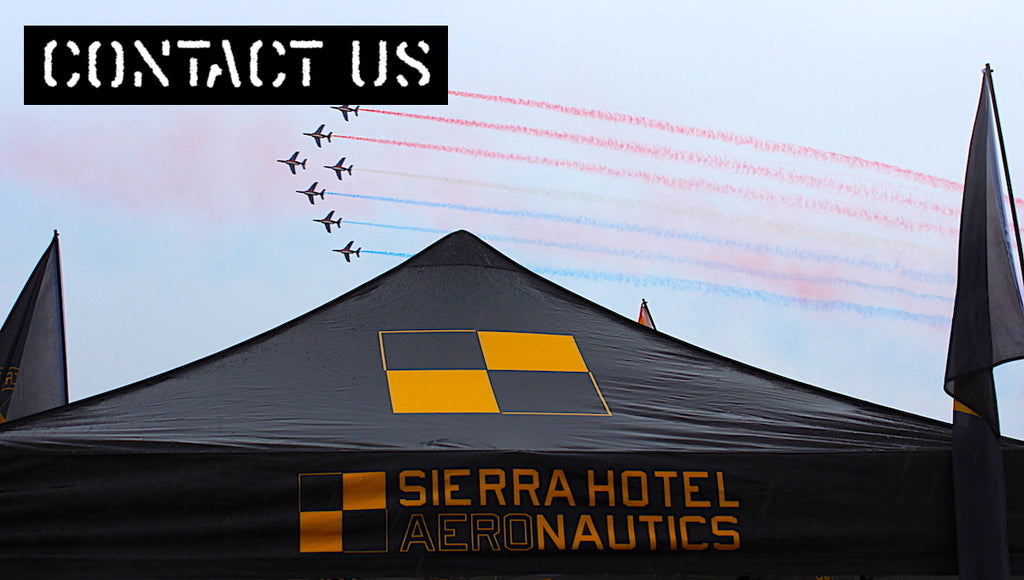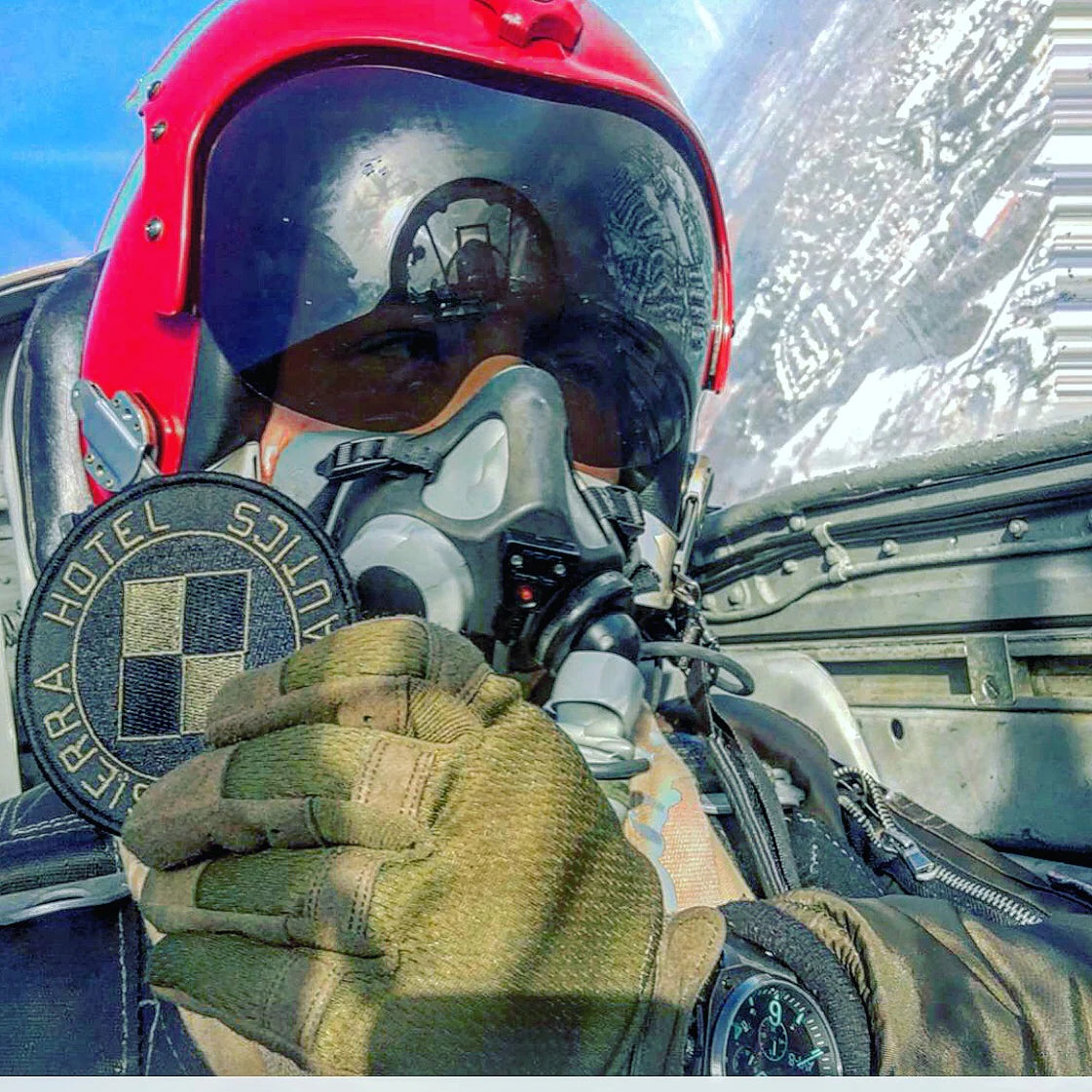The USMC Aviator That Turned His Warbird Into an Ice Cream Machine!

In September of 1944, on the small Pacific island of Peleliu, the United States Marine Corps Fighter pilots of VMF-122 were tired, and worn from being stuck on an island where the relentless boredom was only surpassed by the sweltering tropical heat.
Their dirt strip base was located only 10 minutes flight time from Japanese-held islands, but now being so late in the war, the Japanese supply lines had been effectively cut off, and the enemy Japanese aircraft were no longer going up to challenge the American pilots to a dogfight. USMC Squadron commander J. Hunter Reinburg commented in his autobiography Combat Aerial Escapades: A Pilot’s Logbook, “This dive-bombing and strafing just isn’t as exciting as dogfighting, but the damn Japs won’t come up and fight.”

The combination of no fresh food, no refrigeration, no alcohol, and no relief from the endless tropical heat, left his squadron discouraged and homesick, sweating inside their Quonset huts.
Commander Reinburg, watched his squadron's morale sinking with each and every passing day, and he knew he had to do something.
Utilizing a bit of clever engineering, old time ingenuity, a dash of chemistry and a whole lot of physics. Commander Reinburg came up with an idea to help combat the unbearable tropical heat, raise the downtrodden spirits of his squadron, and fight the boredom of island life.

Reinburg’s Squadron was equipped with none other than the famed F4U Corsair fighter plane, also affectionately known as the Bent Wing Bastard. Made famous by Pappy Boyingtons Black Sheep Squadron, the Corsair was perhaps one of the most recognizable aircraft of all time and considered one of the most formidable American fighters of World War II. The F4U and FG variants flew 64,051 operational sorties for the U.S. Marines and U.S. Navy through the Pacific war, from land, and from carrier decks, delivering 15,621 tons of bombs during the war. 70% of total bombs dropped by U.S. fighters during the entire war! Claiming 2,140 air combat victories against 189 losses to enemy aircraft, for an overall kill ratio of over 11:1.
The Corsair was powered by a 2,000 hp 18-cylinder Pratt & Whitney R-2800 Double Wasp radial attached to a massive Hamilton Standard Hydromatic three-blade propeller with a diameter of 13 feet 4 inches. A propeller so large, that they had to design the aircraft around its diameter, hence the reason for the bent wings.
but today, this formidable combat-proven fighter has another mission. It was not dropping bombs, dogfighting enemy aircraft, or strafing enemy positions, but instead would be a mission never foreseen for this killer aircraft

Reinburg commenced his plans by sending some unusual orders out to his maintenance crews. They were instructed to chop off both ends of the Corsair’s dorsal-mounted expendable external drop tank. Then ran a wire through both ends of the drop tank. The maintainers then cut an access panel into the side of the belly tank where a waterproof container normally reserved for 50 Cal bullets was cleaned, and then placed inside the modified drop tank...
Now that his top-secret modification was complete, Reinburg had his Mess Sergeant pour a mixture of cocoa powder and canned milk from the mess hall into the drop tank. Now all that was missing according to the recipe... was a refrigerator and a mixer.
As any pilot knows, density drops with altitude, but so does temperature. If memory serves back from the old flight training days, 1.98 degrees per thousand feet was the expected drop in atmospheric temperatures, and somewhere up there high over the unbearable heat of their Pacific island, was the refrigeration he was looking for...
Knowing this unusual “scientific "mission would not be approved by the higher-ups, Commander Reinburg cleverly scheduled an “Oxygen System Test” and launched with one of the Squadrons F-4U Corsairs to find those low temperatures needed to complete the secretive morale boosting mission.

Climbing high with his specially modified belly tank through the footless halls of air, thirty-three thousand feet over the Japanese held island of Palau, Commander Reinburg orbited in his fighter for over 35 minutes waiting for his cocoa cargo to have the chance to freeze, all the while, far down below, Japanese Anti Aircraft guns fired helplessly at the high flying fighter.
Once Reinburg had completed his “Oxygen System Test Flight” he returned to base to see the results of his experimental flight. Ground crews excitedly encircled the arriving fighter, but when the drop tank was opened, it was discovered that the sugary cargo was cold and frothed, but not frozen. The mission had been declared a failure. The ground crews happily consumed the melted drop tank concoction. The mission was declared a failure.
The Corsairs massive 2,000 horsepower 18-cylinder Pratt & Whitney R-2800 Double Wasp radial engine proved quite capable as the world's most powerful ice cream mixer, but sadly, the searingly hot engines operating temperatures thwarted the successfulness of the mission, as the radial produced so much heat, that it melted the sweet icy cargo that filled the drop tank
Failure was not an option for Reinbug. A second attempt was to be logged as a "Supercharger Test Flight” another test profile necessitating a high altitude flight. This time the creamy cargo was placed far from the searing engine heat source, now positioning two ammo cans to a removable maintenance panel on each wing, outside of the heated slipstream, and doubling the cooled cargo to over 10 gallons…enough for over 100 men!

Commander Reinburg launched on his second mission, climbing higher than the height of Mount Everest over the enemy anti-aircraft guns who once again welcomed Commander Reinburg with their barrage of fire, but Reinburg cooly commenced orbiting out of range, in the crisp cold atmosphere. Doubling for the low temperatures, the vibration of the Bent Wing Bastard's massive 2,000 horsepower 18-cylinder Double Wasp radial became the world's most powerful Dairy Queen blender.
Once enough time had passed, Commander Reinburg pushed his nose over and brought his aircraft back to base. After touching back down in the sweltering tropical heat, the Corsair rolled off the dirt strip, once again quickly encircled by his squadron ground crew, the engines were shut down, and Reinburg leaped from his cockpit to see the results of his test flight. When the wing-mounted ammo cans were opened, they revealed a frozen cargo, but, Reinburg was not yet completely satisfied with the results…the cargo was cold enough, but far too flaky.
Undeterred...a third test was needed.
This time the squadron maintainers/newly founded expert ice cream craftsmen, devised a small impeller to be placed inside each ammo can, thereby coupling the vibration of the aircraft engine, along with churning of the slipstream driven impeller. The science part is done...
With priceless cargo on board, a third test flight was launched with Reinburg at the controls, and when he returned to base, they opened up the ammo cans under each wing and revealed perfectly frozen smooth and creamy freshly churned chocolate ice cream…a sight never seen before in the South Pacific.
The entire weapon load of 20 gallons of ice cream was quickly passed around to his now very happy squadron members. A relief from the tropical heat, and a taste of home…the mission was a complete success.

Considering the happiness Reinburg had successfully delivered, the high-altitude “test flights” became a weekly occurrence. That is until the higher-ups discovered the unofficial and most unauthorized purpose behind all these "test flights”. As one would assume, the United States Marine Corps would not take kindly to the illegal, and unauthorized use of one of its fighter aircraft, and a flight for the purpose of making ice cream would certainly not be approved. The proverbial poop was about to hit the fan!
The questions were answered shortly thereafter when a communication was received from Colonel Baily, which read: “Listen, goddammit, you guys aren’t fooling me. I’ve got spies. You tell [Reinburg] I’m coming over there tomorrow to get my ration.” -Colonel Caleb Bailey
DOB: May 5, 1918 - Fort Worth, Texas
Silver Star: Award for actions during Korean War
Service: Marine Corps
Rank: Major
Division: 1st Marine Aircraft Wing
CITATION:
The President of the United States of America takes pleasure in presenting the Silver Star to Major Joseph Hunter Reinburg (MCSN: 0-7464), United States Marine Corps, for conspicuous gallantry and intrepidity as Pilot of a Fighter Plane and Commanding Officer of Marine All Weather Night Fighter Squadron FIVE HUNDRED THIRTEEN (VMF(AW)(N)-513), in action against enemy aggressor forces in Korea on 21 August 1950. Flying at extremely low altitudes in absolute darkness and over mountainous terrain in search of positions from which hostile artillery had pinned down and inflicted heavy casualties on friendly forces, Major Reinburg located the enemy guns by their flashes and, ignoring his personal safety, executed repeated bombing, rocket and strafing attacks against the hostile positions which later were reported destroyed by the ground controller. After all armament was expended, he remained in the area and made repeated passes over enemy positions until friendly troops could move out. By his cool courage, skilled airmanship and aggressive determination, Major Reinburg upheld the highest traditions of the United States Naval Service.













Great story about the Ice Cream. I enjoyed it very much.Thank you
Leave a comment